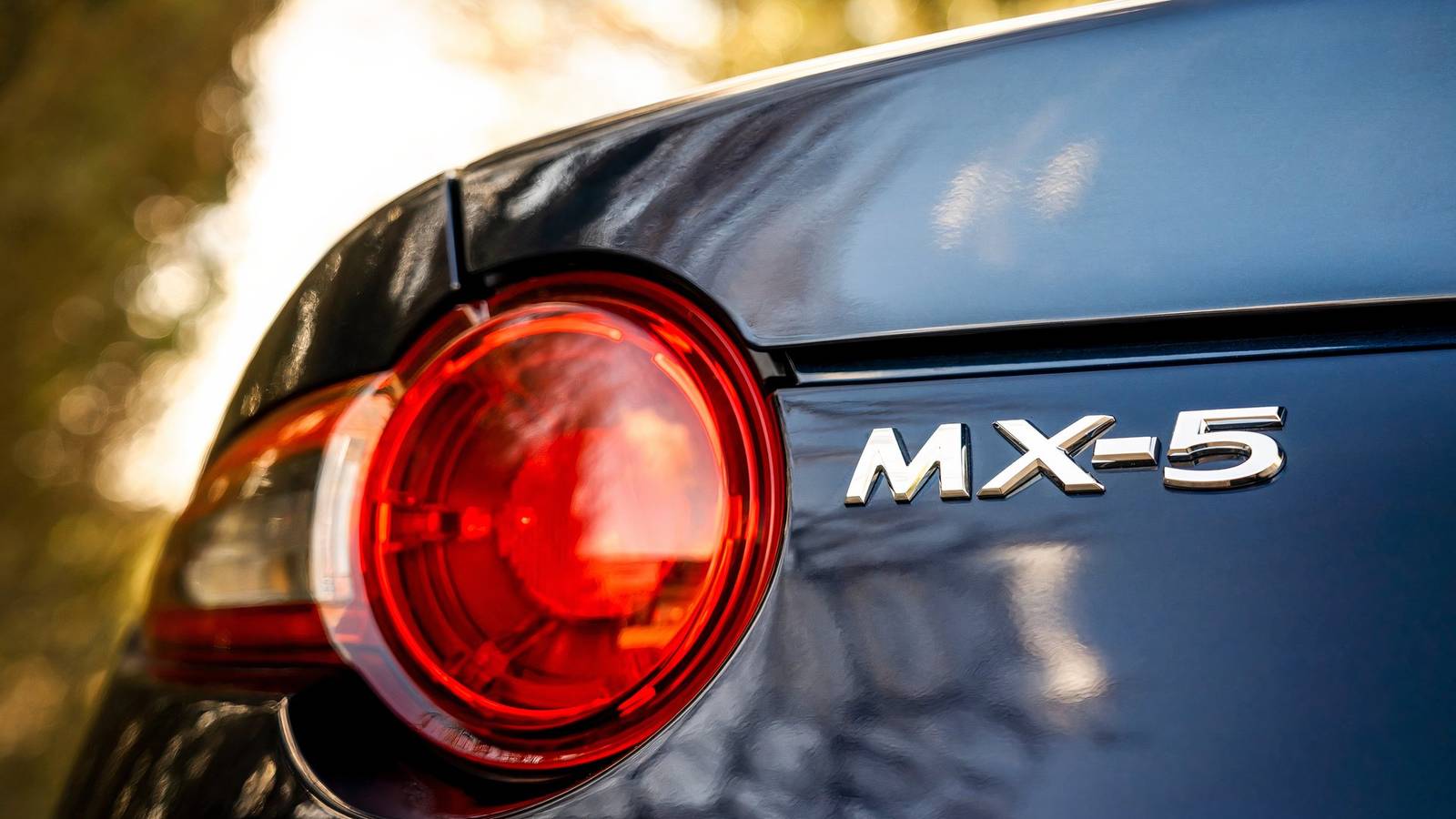When you’ve worked hard to save up some cash, there are few things more rewarding than when you can go out and spend it on something you really want. For a gearhead with a nice chunk of notes in their back pocket, this usually leads to searching around your local dealer lots to find a new car. Of course, when it’s something you want rather than need, the likes of dependable family buses like the Toyota Camry or Chevrolet Blazer go out the window, and you focus your attention on something with a bit of performance purpose. It used to be that you could buy a brand-new spirited sports car for well under the $30k mark, though sadly, these days are long gone. And in a big way.
While some sports cars, such as the Porsche 911, are generally preserved for those with a ton of disposable income, with the current example in particular setting you back over $127k for the base version. That’s why the likes of the Mazda MX-5 and Audi TT were such a breath of fresh air once they arrived in the 1990s, as they provided an engaging driving experience, but at a much more palatable price. Some have ended up escalating in price considerably over the years, though Japanese brands like Mazda and Toyota have been able to keep their offerings at a price that is low enough to allow plenty of gearheads to invest in a brand-new sports car.
Spin the clock back ten years, and you had a fair amount of choice with a budget of $30,000. The obvious choice was the venerable MX-5, which could be purchased for a shade under $24k, though the Scion FR-S and Subaru BRZ were only a little more. The latter two vehicles were identical other than their styling, though the Subaru was a little more expensive at $25,695, whereas the Toyota-brand badged version was $24,900. If you wanted something a little meatier, then the Hyundai Genesis Coupe and Nissan 370Z were also available underneath the magic $30,000 barrier. The V6-powered duo were on the market for $26,750 and $29,990, respectively.
Model
Mazda MX-5
Nissan 370Z/Z
Scion FR-S/Toyota GR86
2015 MSRP
$23,970
$29,990
$24,900
2026 MSRP
$31,000 (expected)
$42,970
$30,800
Things are very different in 2025, though. The upcoming 2026 Mazda MX-5 is set to start from $31,000, while the Toyota GR86 is a little cheaper at $30,800. Nissan’s contemporary Z model will now set you back over $42k, while Hyundai’s Genesis Coupe was ditched long ago without a replacement. The level of price increases is bad news for those with stricter budgets, given that inflation and other factors have caused price increases, but average salaries aren’t going as far as they used to. Visual Capitalist and Statista illustrate the issue, as inflation has increased by around 20% more compared to the real hourly earnings of Americans over the past five years.
At under $30k, the 2024 Toyota GR86 is one of the best affordable sports cars, as is the closely related Subaru BRZ and the fellow Japanese icon, the Mazda MX-5 Miata. The new Ford Mustang also has plenty of performance and style at just over $30k.
While inflation is part of the reason for these entry-level sports cars getting considerably more expensive over the last decade, there are other elements at play. Firstly, major world events such as the COVID-19 pandemic and the ongoing Russia-Ukraine war have driven up the cost of materials for countries around the world, meaning that the cost of building cars has increased considerably. To make sure that manufacturers can keep their bank managers happy, they pass on the increased production costs to the consumer, rather than swallow them themselves.
As an aside, automakers have also had to increase the salaries of their employees to keep up with mounting living costs, which has further eaten into their cash reserves.
As far as new cars go, $30,000 doesnt get you much in performance. One sports car sold in the USA will get you to the 200 hp mark, though.
Aside from increasing production and staffing costs, manufacturers have also had to take large financial hits in recent years by developing new automotive technology. The global shift towards electrification has forced brands to spend billions developing all-new platforms and powertrains, as they have to keep their carbon footprint low to maintain compliance with ever stricter government environmental regulations. EVs as a whole have struggled to attract as many buyers as the carmakers desire, and certainly nowhere near enough to make up the huge development costs thrown at them. Cars are also getting bigger and heavier in the name of safety, as well as changing buying attitudes that favor larger SUVs. Heavier machines need beefed-up running gear to ensure longevity, which in-turn, cost more to make.
To try and make up some of the shortfall, manufacturers have instead been able to turn towards their more affordable and better-selling ICE vehicles. By raising the price of each unit, they can drastically reduce their cash deficit.
This approach doesn’t look to be disappearing anytime soon either, given that manufacturers need to keep themselves at the forefront of EV technology to remain relevant against a backdrop of increasingly popular Chinese brands. The Chinese electrification industry has had a considerable head start over the rest of the world, meaning brands from the nation have been able to construct not only more efficient and powerful EV powertrains, but also ones that cost less to produce, meaning the cars can be priced lower than their competitors. Global brands will need to keep pouring billions into development to close the gap in the hope that one day they can regain the initiative. This will mean they need to recoup more money, which will likely mean escalating vehicle prices.
Plus, if we are to believe that one day internal combustion engines will be phased out completely, then, in the medium to long-term at least, this will mean that models like the MX-5 will eventually become EV only. This could translate to, at least initially, higher purchase prices to satisfy development costs. In the short term, they’ll likely be equipped with hybrid powertrains, which adds a considerable sum of cash to produce each unit. As a result, each car will need to be shifted for more cash to make up for the deficit. The long and short of it is that the day of the sub-$30k sports car is likely long gone. Well, on the new market at least.
With hybrids all the rage these days, it’s a shame that Toyota never build this racy sports car – though it’s never too late to get started.
Luckily, thanks to depreciation, you can easily buy a relatively new version of the entry-level sports cars on sale today for a fraction of their base MSRP. Some truly excellent vehicles can be picked up on the used market, which while not brand-new, have been looked after well enough for you to barely notice a difference. Low-mileage MX-5s from around 2018 can be found for the $20k mark via sites like AutoTempest, with models from around 2020-2022 being on the market for closer to $25k. The same goes for used GR86s, with two-year-old cars with around 40k miles on the clock going for well under $25k at the moment.
Cheap sports cars still exist if you know where to look.
As long as you make sure that your potential used hero has been well maintained and comes with a stellar service record, then you can have all the thrills of a new sports car, but for thousands of dollars less. Plus, you’ll have got a big chunk of the model’s initial depreciation out of the way, so you should lose less money when it comes time to offload it to the next owner after you’ve had your fun. Buying a brand-new sports car may be harder and more expensive than ever, but this only shines a light on just how much value is available on the used market.
Sources: AutoTempest, Visual Capitalist.
We want to hear from you! Share your opinions in the thread below and remember to keep it respectful.
Your comment has not been saved
This thread is open for discussion.
Be the first to post your thoughts.












